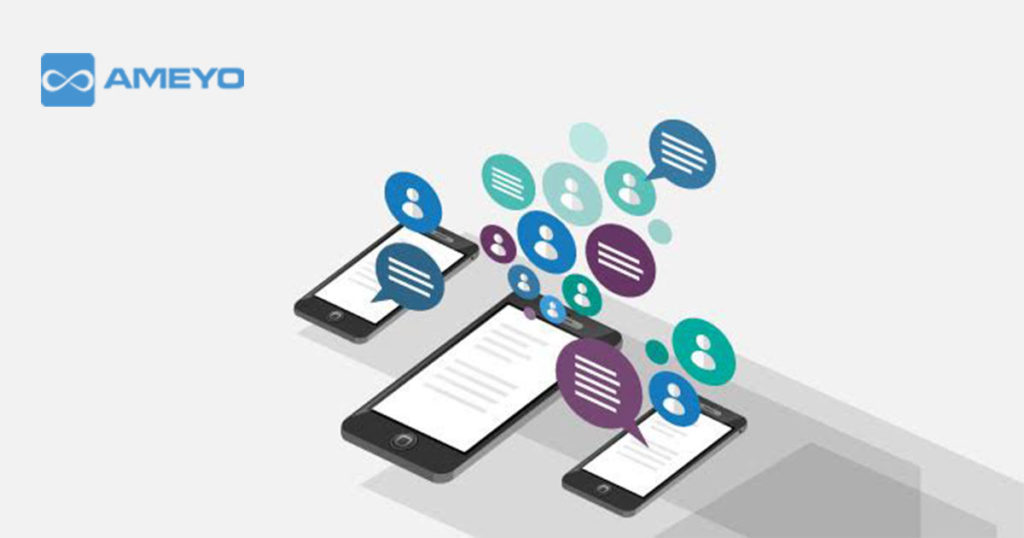Messaging apps have become an integral part of customer communication for brands and is one of the best mediums to offer a more personalized experience, improve customer reach and optimize sales experiences. However, building an effective customer communication through messaging is not an easy task and customer service agents need to struggle a lot as they have to establish a pleasant connection in less than a few minutes. Though you have never met the person on the other end of the conversation and you know nothing about him, you are expected to communicate properly by understanding his needs and wishes.
According to customer experience impact report conducted by Harris Interactive, 73% of consumers expect the customer service agent to be friendly, and 55% expect to receive the information or help they need.
It is true that customers appreciate the agents if they possess decent soft skills than technical skills, especially for a customer service support. While it’s easy to train a person for technical knowledge, soft skills can’t be built easily. A person needs to emotionally connect with the customers and has to be sensitive to their feelings. Agents should be very professional in tone and are required to put uninterrupted attention and get totally involved with the other person and their problems.
Below are a few tips to improve your customer communication through messaging and appear more convincing and appealing:
Match your Tone with the Customer
First, try to understand your customer’s profile and then initiate a conversation. Knowing your customers well aids in communicating with them in a better way. Seek out if your customer is a millennial looking for a tech product or a Gen-Xer interested in a home decor item. Identify the type of customers and their needs and adjust your tone accordingly. Your tone should fit to the customer’s personality and desires. By observing the kind of language the person is using, you can adopt a tone similar to him.
Focus on Friendly Introductions
Always introduce yourself in a friendly and cordial manner to the customer. Create a conversational tone by asking the customer’s name and then gently ask how you can be of any help to the customer.
Ask Appropriate Questions
Ask questions in order to properly understand the customer’s requirements and to assist them in the best possible way. When a customer is researching a product, make sure you ask the detailed questions to serve him accurately. After explaining a technical issue, you can ask questions to check if they have rightly understood everything. It is recommended to ask if you can be of any other help further before ending a transaction.
Limit the Use of Emoticons and Slang
Using a lighter tone to connect with millennial customers is alright. But overdoing it with lots of emoticons and slang phrases may not be a good idea in customer service. Going in for phrases that are difficult for customers to understand can create a huge disconnect. Emoticons might have become an intrinsic part when it comes to personal communications, overdoing them in professional communication may not be a wise move.
Go for Shorter Texts
Keep the messages precise and to the point and do not waste your customer’s valuable time by sending long and descriptive texts. Even if the message is required to be long, ensure that you break down your responses and send them in a sequence of short texts. If the customer service agent requires more time to answer a customer’s question, he should keep the dialogue going by sending condensed phrases, thereby keeping the customer engaged.
Listen to your Customers
It is crucial to keep the conversation two-way by listening to the customers well. Though proactive communication is the buzzword today, listening is equally critical. It is only when you listen to the customer’s needs and requirements, you will be able to serve them suitably. Don’t just overload the customer with information. In fact, keep the dialogue balanced and focused by listening to him.
Also Read, 5 Steps to Set up a Successful Customer Service Department
